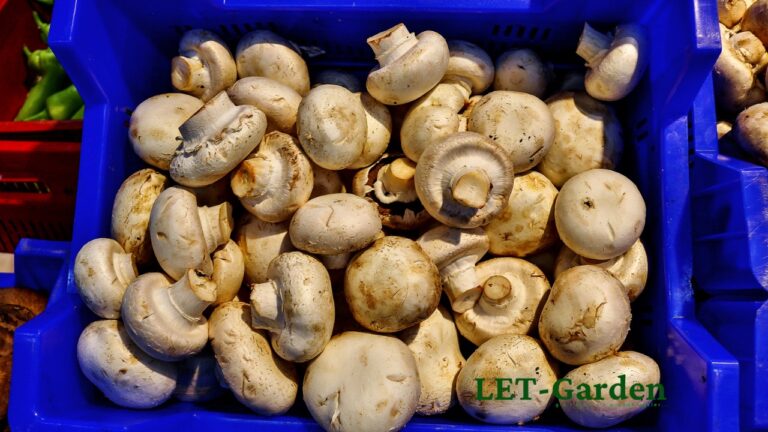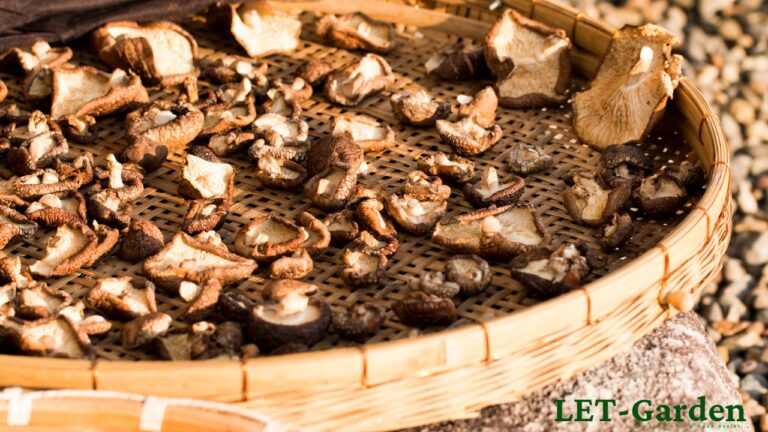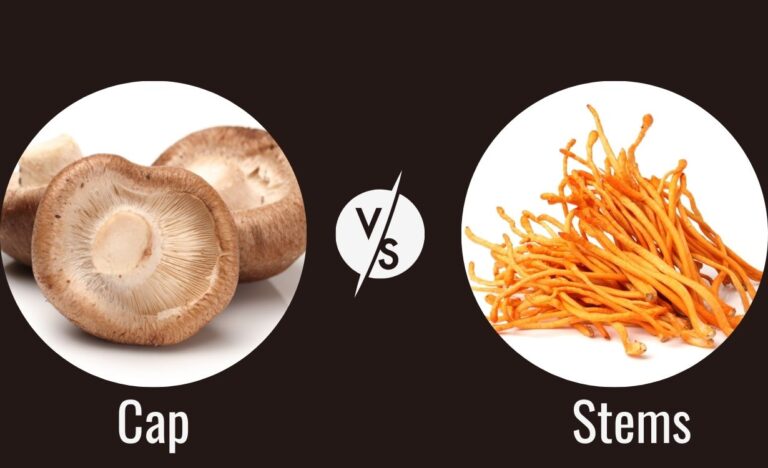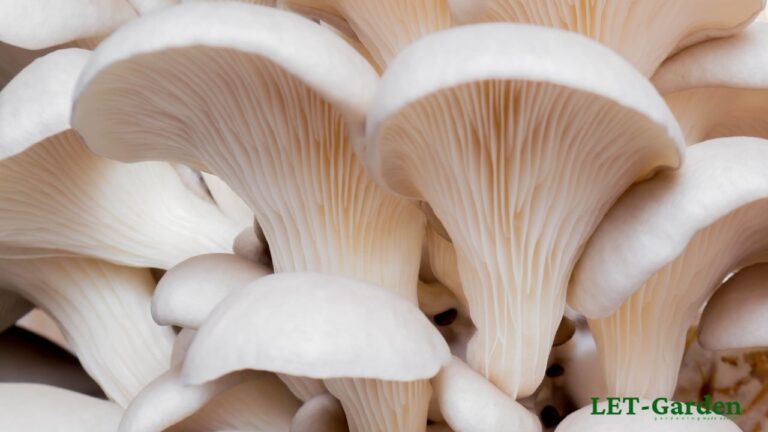
Mushrooms are one of the most versatile and flavorful ingredients used in a variety of cuisines worldwide. However, not all mushrooms are created equal in terms of nutrition, flavor, and culinary uses. Two popular varieties of mushrooms are portabella mushroom vs white mushrooms, and while they may look similar, there are distinct differences between the two.
Understanding these differences is essential for those who wish to make informed dietary choices and for those who enjoy experimenting with various flavors in their cooking. In this blog post, we’ll explore the differences between white and portabella mushrooms, including their appearance, flavor, nutrition, and culinary uses. By the end of this article, you’ll have a better understanding of the nutritional benefits of each mushroom and how to use them in your favorite recipes. So let’s dive in and explore the world of mushrooms!
White Mushrooms

White mushrooms, also known as button mushrooms, are the most common variety of mushroom found in grocery stores and kitchens worldwide. These mushrooms have a mild, slightly earthy flavor and a firm texture, making them a versatile ingredient in a wide range of dishes.
Appearance: White mushrooms are small to medium-sized and have a round, convex cap with a short stem. They have a smooth, white surface and gills on the underside of the cap.
Flavor: The flavor of white mushrooms is mild and earthy, with a slightly nutty taste. This subtle flavor makes them a popular choice for dishes where the mushroom flavor is not meant to be the star of the dish.
Nutrition: White mushrooms are a good source of antioxidants, fiber, and essential vitamins and minerals such as Vitamin B, potassium, and copper. They are also low in calories and fat, making them a healthy addition to any diet.
Culinary uses: White mushrooms are versatile and can be used in a variety of dishes, including soups, stews, salads, omelets, and pizzas. They can be sautéed, grilled, roasted, or served raw as a garnish or in a salad.
Portabella Mushrooms
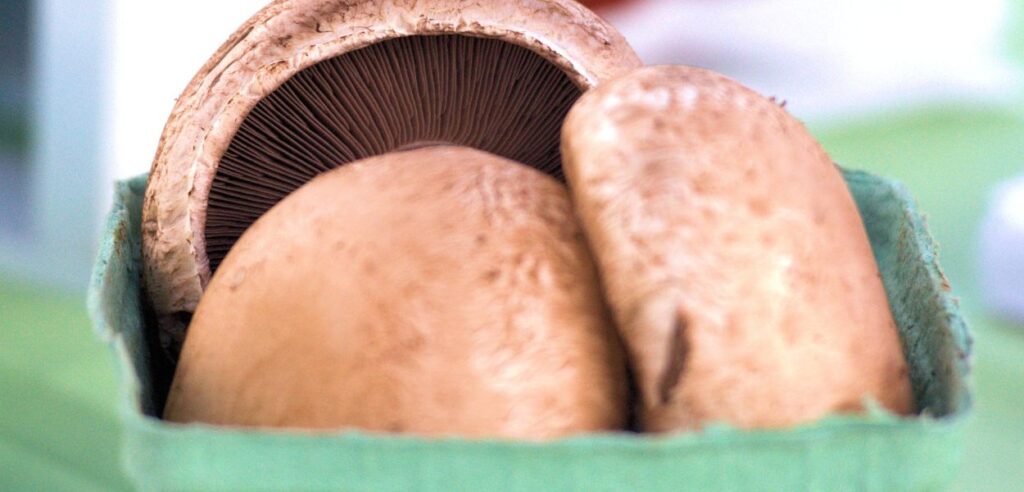
Portabella mushrooms, also known as portobello mushrooms, are a larger, more mature version of the white mushroom. They have a meaty, robust flavor and a firm texture, making them a popular choice for vegetarian dishes.
Appearance: Portabella mushrooms are larger than white mushrooms, with a flat, circular cap that can grow up to six inches in diameter. They have a brown color and a meaty, chewy texture.
Flavor: The flavor of portabella mushrooms is rich and meaty, with a slightly smoky taste. This makes them a popular meat substitute in vegetarian dishes.
Nutrition: Portabella mushrooms are an excellent source of antioxidants, fiber, and essential vitamins and minerals such as Vitamin D, potassium, and selenium. They are also low in calories and fat, making them a healthy addition to any diet.
Culinary uses: Portabella mushrooms are often used as a meat substitute in vegetarian dishes, such as burgers, stews, and pasta dishes. They can be grilled, roasted, or sautéed, and can even be used as a base for pizza or as a meaty topping for salads. Their firm texture also makes them a popular choice for grilling or broiling as a standalone dish.
White vs Portabella Mushrooms Nutritional Comparison
When it comes to choosing between white mushrooms and portabella mushrooms, it’s important to understand the nutritional differences between the two. Here’s a breakdown of the key nutrients found in each mushroom:
- Protein: Portabella mushrooms contain more protein than white mushrooms, with 3.9 grams of protein per 100 grams compared to white mushrooms’ 3.1 grams per 100 grams.
- Fiber: Portabella mushrooms are also higher in fiber than white mushrooms, with 1.3 grams of fiber per 100 grams compared to white mushrooms’ 0.5 grams per 100 grams.
- Vitamins and Minerals: Both mushrooms are good sources of B vitamins, including riboflavin, niacin, and pantothenic acid. However, portabella mushrooms are a richer source of minerals, including potassium, phosphorus, and copper, while white mushrooms are higher in selenium.
- Calories and Fat: Portabella mushrooms are slightly higher in calories and fat than white mushrooms, with 22 calories and 0.3 grams of fat per 100 grams compared to white mushrooms‘ 22 calories and 0.1 grams of fat per 100 grams.
Overall, while both mushrooms have their own unique nutritional benefits, portabella mushrooms are a slightly better source of protein, fiber, and minerals. However, both mushrooms are low in calories and fat, making them an excellent addition to any healthy diet. Incorporating a variety of mushrooms into your diet can help provide a range of essential nutrients and add delicious flavor to your meals.
White Mushroom vs Portabella: A Culinary and Health Comparison
When it comes to mushrooms, there are dozens of varieties to choose from, each with its unique flavor and texture profile. Two of the most popular mushrooms are white mushrooms and portabella mushrooms. While they may look similar, they have distinct differences that make them suitable for different culinary applications. In this section, we’ll compare white and portabella mushrooms based on their texture, flavor, cooking methods, and recipe suggestions.
Texture:
White mushrooms have a smooth, firm texture, while portabella mushrooms have a meatier, denser texture. The caps of portabella mushrooms are much larger and thicker than those of white mushrooms, making them an ideal replacement for meat in vegetarian dishes.
Flavor:
White mushrooms have a mild, slightly sweet flavor that is often described as earthy. Portabella mushrooms have a more robust, savory flavor that is often compared to meat. This makes them a popular choice for vegetarian and vegan dishes that require a hearty, meaty flavor.
Cooking Methods:
White mushrooms are versatile and can be cooked in a variety of ways, including sautéing, roasting, grilling, and frying. They can also be eaten raw in salads or as a snack. Portabella mushrooms are best grilled or roasted, as this brings out their rich, meaty flavor. They can also be used as a meat substitute in burgers, stews, and other hearty dishes.
Recipe Suggestions:
White mushrooms are a great addition to a variety of dishes, including stir-fries, pasta dishes, omelets, and soups. They can also be stuffed with various fillings, such as cheese, herbs, or vegetables. Portabella mushrooms are perfect for grilling or roasting and can be used as a meat substitute in vegetarian and vegan dishes, such as portabella mushroom burgers or stews.
Health Benefits:
Both white and portabella mushrooms are low in calories and high in nutrients such as vitamin D, selenium, and potassium. White mushrooms are also an excellent source of antioxidants, which help to fight off free radicals and protect against chronic diseases. Portabella mushrooms contain beta-glucans, a type of fiber that has been shown to boost the immune system and reduce inflammation. They also contain ergothioneine, an antioxidant that helps to reduce cholesterol levels and protect against heart disease.
Overall, both white mushrooms and portabella mushrooms have their unique culinary uses and nutritional benefits. While white mushrooms are versatile and great for a wide range of dishes, portabella mushrooms are perfect for adding a meaty flavor to vegetarian and vegan dishes. Incorporating both mushrooms into your diet can provide a variety of nutrients and health benefits. So, why not experiment with both and see how you can add these delicious fungi to your favorite recipes?
FAQs about White Mushroom vs Portabella
Are portobello mushrooms more nutritious than white mushrooms?
While white mushrooms are a great source of potassium, portobello and cremini mushrooms contain the highest amount of the antioxidant ergothioneine, which has been linked to a range of health benefits. Ultimately, both mushrooms offer unique nutritional benefits and can be a healthy addition to your diet.
Do portobello mushrooms have a distinct taste compared to white mushrooms?
Portobello mushrooms have a meaty and earthy flavor that is more intense than white mushrooms. This is due to their higher concentration of natural umami flavor. However, some people may not notice a significant difference in taste between the two varieties.
Are portobello mushrooms too strong-tasting for some people?
While portobello mushrooms do have a more intense flavor than white mushrooms, they are not typically considered overpowering or too strong for most people. In fact, their meaty flavor makes them a popular meat substitute in vegetarian and vegan dishes. However, individual taste preferences may vary.
Finally
In conclusion, both white and portabella mushrooms offer unique nutritional benefits and delicious flavors. White mushrooms are milder in taste and have a lower calorie count, while portabella mushrooms are more robust and meatier. It ultimately comes down to personal preference and dietary needs. To incorporate more mushrooms into your diet, try adding them to your favorite dishes or grilling portabellas as a burger substitute. Mushrooms are a tasty and nutritious addition to any diet.

Hi, I’m Miles, the lead team member behind Gardeem.com. Besides being a passionate grower and writer, I’m a husband, father and grandfather to three! I started Gardeem in 2017 to provide simple and reliable gardening advice to everyone, regardless of their ability levels.


